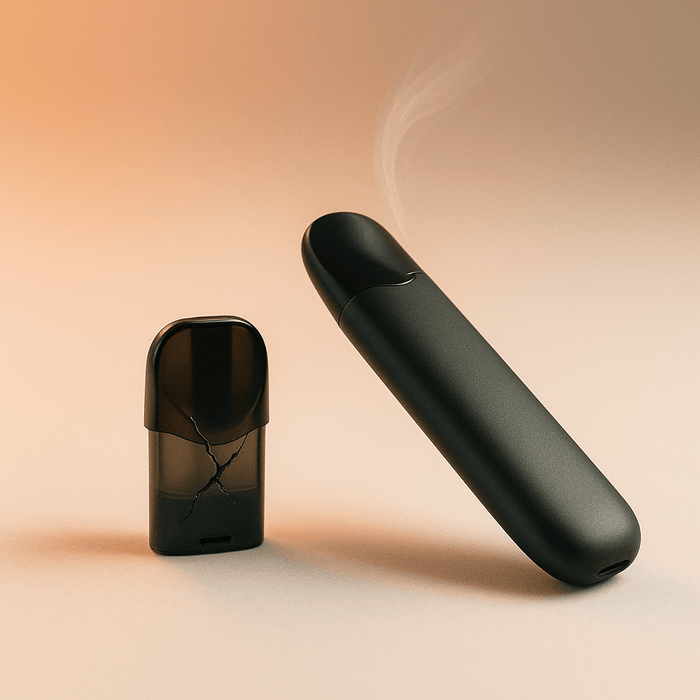
Can You Mix CBD and Nicotine in the Same Vape?
As vaping continues to evolve, so do the combinations people try. One question many vapers ask is: Can you mix CBD and nicotine in the same vape? The short answer is yes, technically you can, but that doesn’t necessarily mean...















